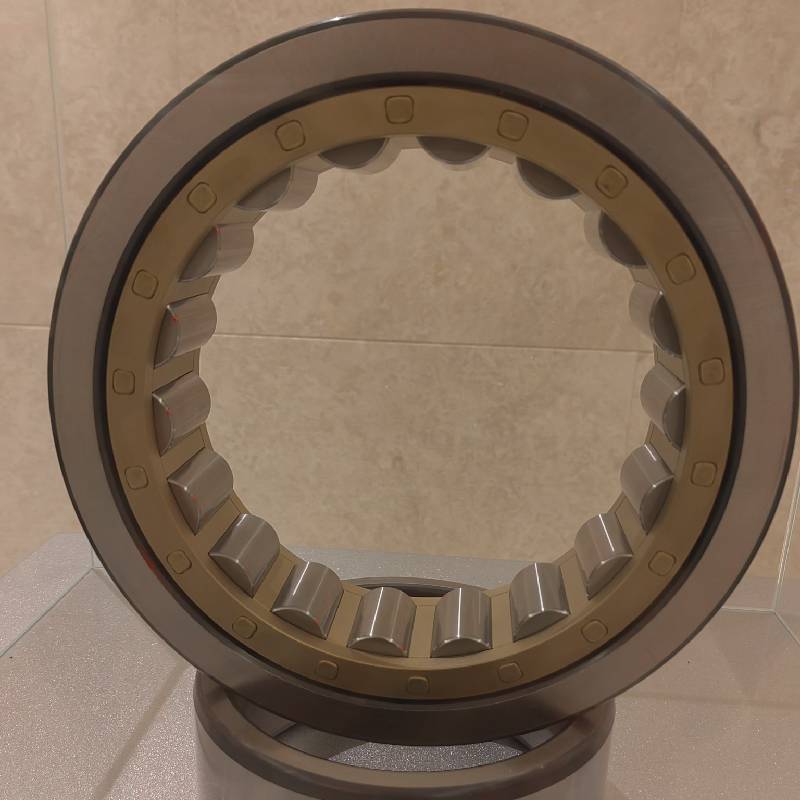
Nov . 09, 2024 16:07 Back to list
Understanding the Dimensions and Specifications of 6203 Bearing Balls for Various Applications
Understanding the 6203 Bearing Ball Size
When it comes to mechanical components, bearings play a crucial role in ensuring smooth operation, reducing friction, and supporting loads in various applications. One such bearing that is widely used across industries is the 6203 bearing. Understanding its specifications, including its ball size, is vital for engineers, manufacturers, and professionals utilizing these components.
What is a 6203 Bearing?
The 6203 bearing is a type of deep groove ball bearing that is commonly used in a variety of mechanical applications. It is designed to accommodate both radial and axial loads, making it versatile for use in machinery, motor vehicles, and household appliances. The designation 6203 provides specifications about its dimensions and design characteristics.
Specifically, the 62 in the designation indicates that it belongs to the 62 series of bearings, which are known for their reliability and sturdy construction. The 03 denotes the diameter of the inner race, which is measured in millimeters. In this case, the inner diameter of a 6203 bearing is 17 mm.
Dimensions and Specifications
The full dimensions of a 6203 bearing are as follows - Inner Diameter (ID) 17 mm - Outer Diameter (OD) 40 mm - Width (W) 12 mm
6203 bearing ball size

The 6203 bearing typically contains 7 steel balls, which are crucial to its functioning. The size of each ball is essential for the balance and performance of the bearing. Generally, the ball size in a 6203 bearing is about 7 mm in diameter. This specific ball size allows for optimal weight distribution and minimizes friction during rotation, enhancing the bearing's lifespan and efficiency.
Applications of 6203 Bearings
6203 bearings are utilized in a wide range of applications due to their adaptability and performance. Common uses include - Electric Motors 6203 bearings are often found in electric motors, where they support the rotor and help to reduce operational friction. - Household Appliances Items such as washing machines, dryers, and refrigerators frequently employ these bearings to ensure smooth mechanical motion. - Automotive Industry In vehicles, 6203 bearings can be part of the wheel assembly, offering stability and support. - Industrial Equipment Many types of machinery, including conveyor systems and pumps, utilize 6203 bearings due to their robustness.
Selecting the Right 6203 Bearing
Choosing the right 6203 bearing necessitates considering several factors, including load capacity, lubrication, and operating environment. It is also crucial to select a bearing that meets the specific requirements of the application to prevent premature failure or malfunction.
Conclusion
The 6203 bearing, with its standardized dimensions and reliable performance, is an essential component in many mechanical systems. Understanding the significance of the ball size, typically around 7 mm for the 6203, is key to ensuring that these bearings perform effectively in their intended applications. Whether you are a professional engineer or a hobbyist, recognizing the importance of these specifications will help you make informed choices in your projects. This knowledge not only aids in selecting the proper components but also enhances the overall efficiency and longevity of your mechanical systems.
Latest news
-
Grooved Ball Bearing Design and Functionality
NewsJun.04,2025
-
Concrete Mixer Bearing Load Capacity Testing
NewsJun.04,2025
-
6004 Bearing Dimensions in Robotic Joint Designs
NewsJun.04,2025
-
Advantages of Single-Row Deep Groove Ball Bearings
NewsJun.04,2025
-
Applications of Deep Groove Ball Bearings in Automotive Systems
NewsJun.04,2025
-
Innovations in Bearing Pressing Machine Design
NewsJun.04,2025
